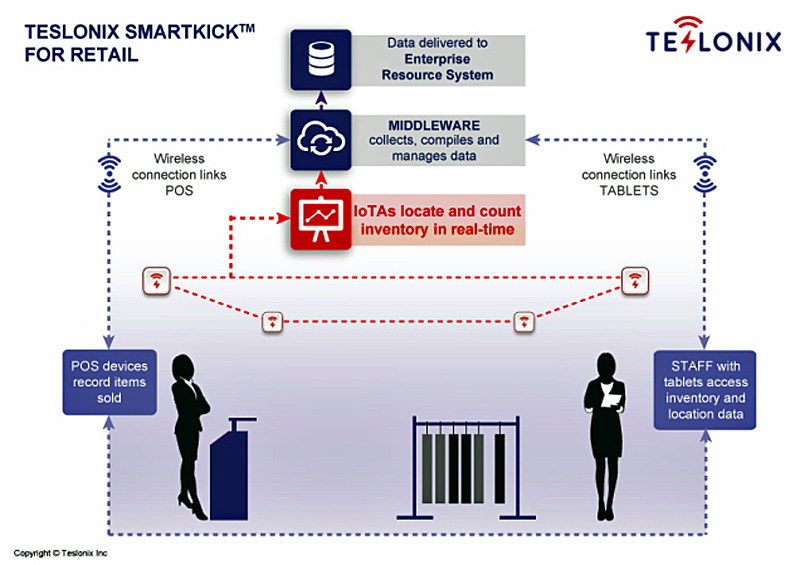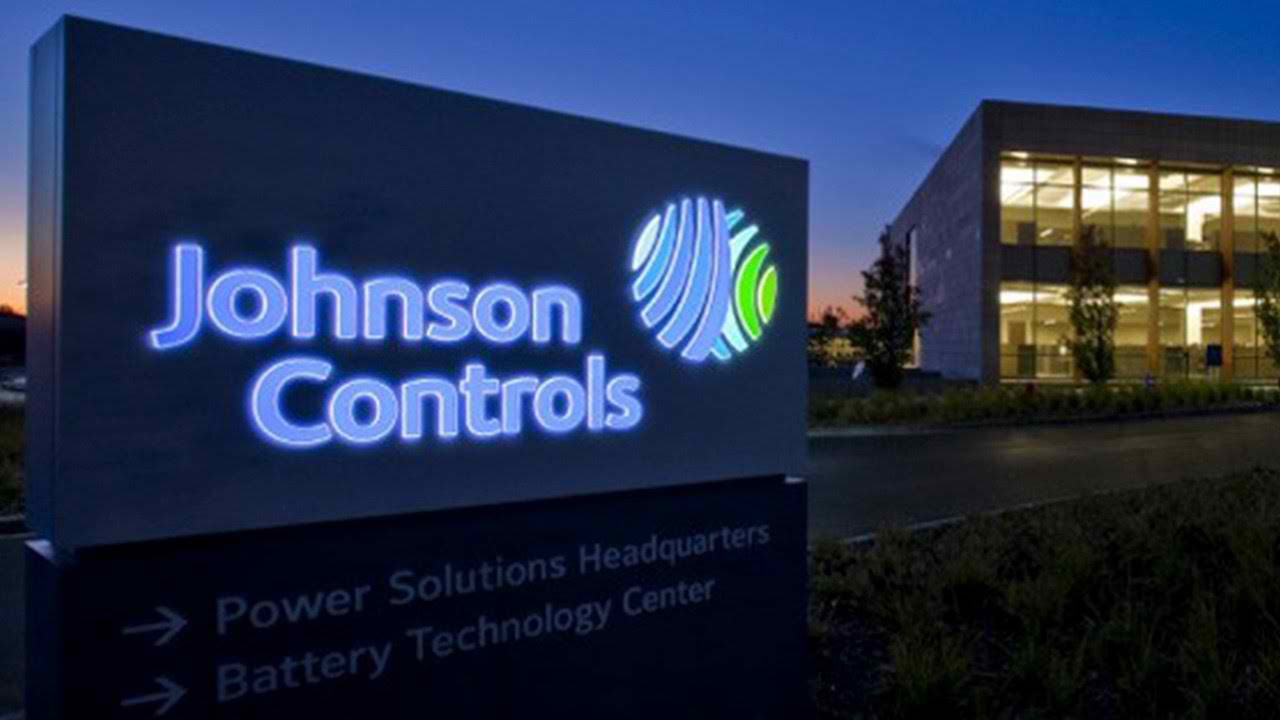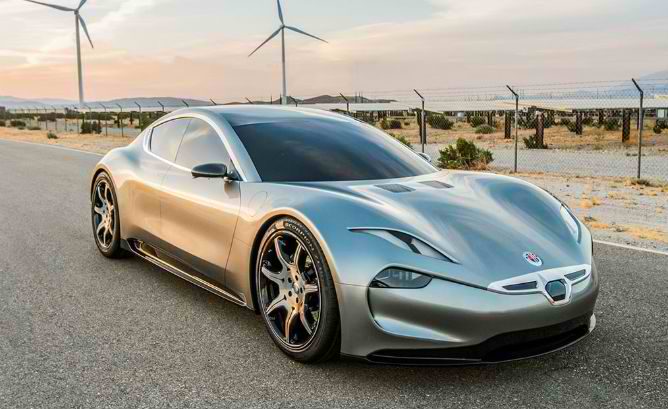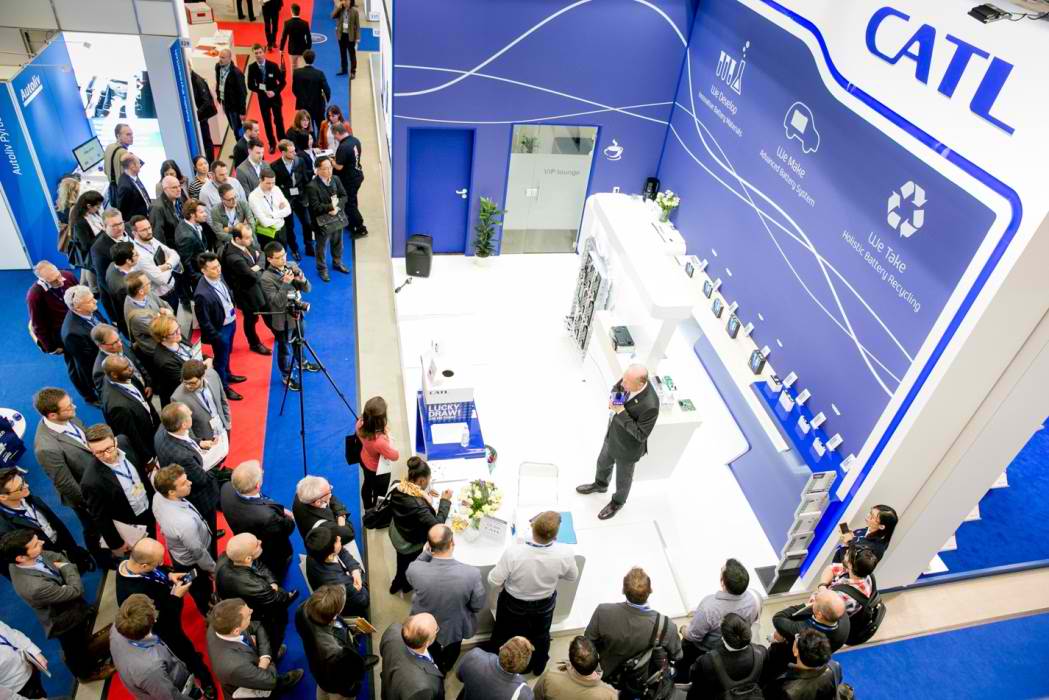
Teslonix and Farsens, will be jointly exhibiting at Sensors Expo in San Jose, CA June 27 to 28 in booth # 1416. “By delivering more power to passive IoT sensors, Teslonix technology enables active device functionality with passive sensor economics in many applications,” stated Dr. C. Paul Slaby, CEO of Teslonix Inc.
“We have been working with Farsens for some time. The combination of Farsens’ passive sensor solutions with the extended range delivered by our IoT SmartKick solution makes cost-effective passive Smart Spaces and many Industrial IoT applications practical.”
“Our collaboration with Teslonix has proven that Farsens’ battery free sensor tags can be used in even more IoT applications due to enhanced read ranges” stated Ibon Zalbide, PhD, CEO of Farsens S.L
“With the ability of Teslonix technology to provide power at longer distances using UHF RFID readers, passive sensors and actuators can now be used in larger areas providing maintenance free data sources for the IoT.”





